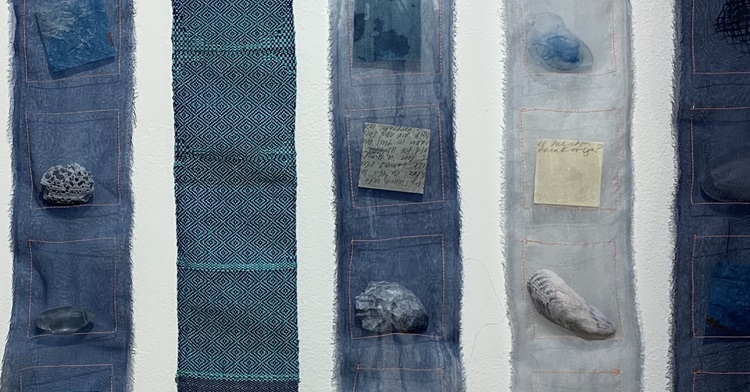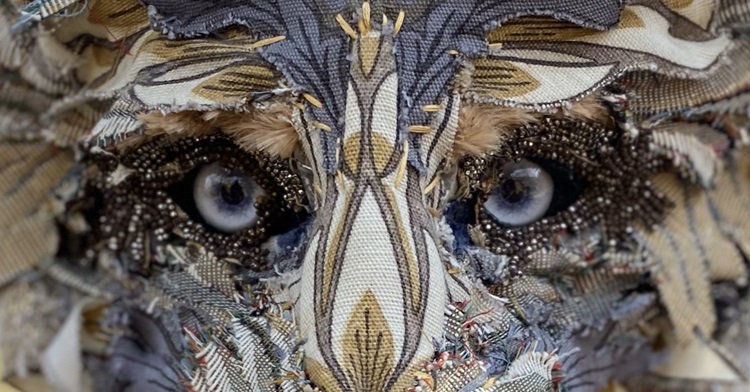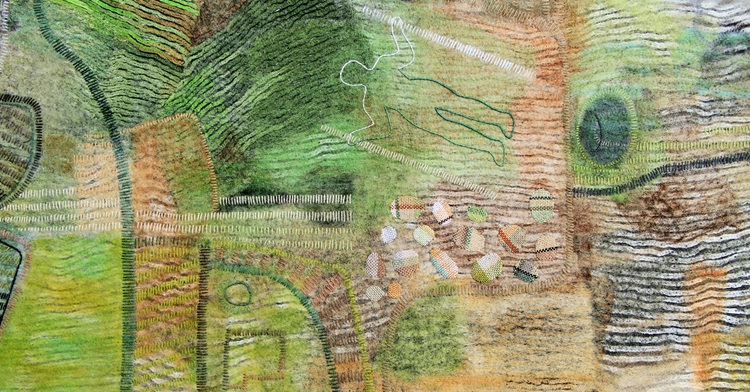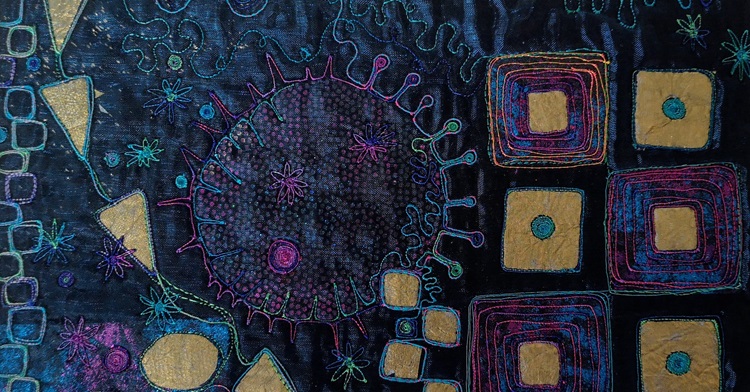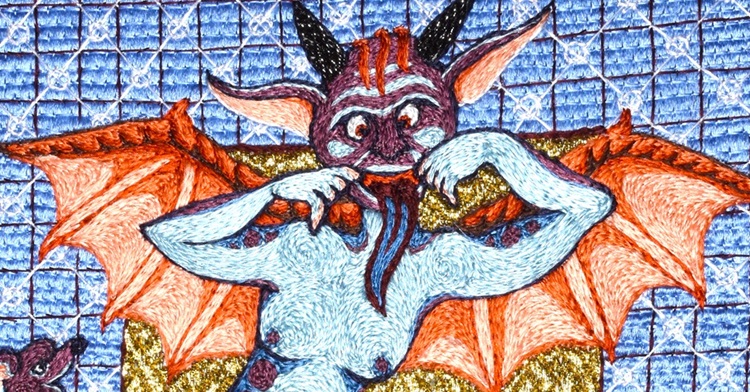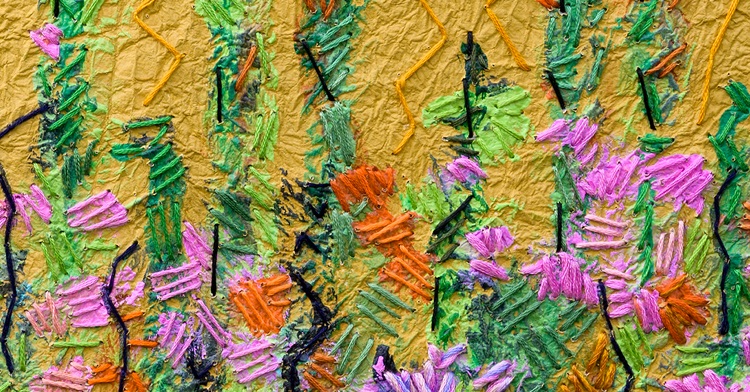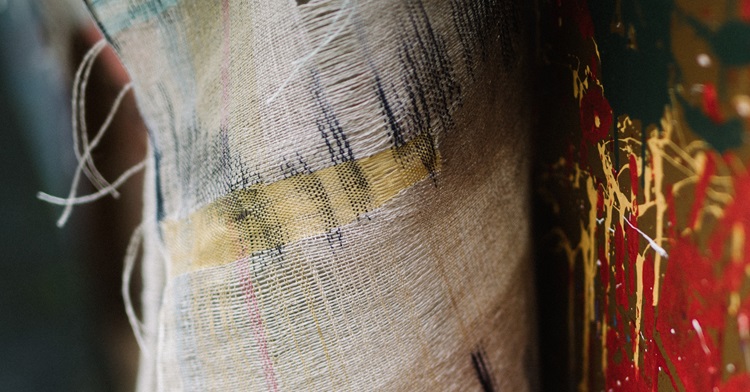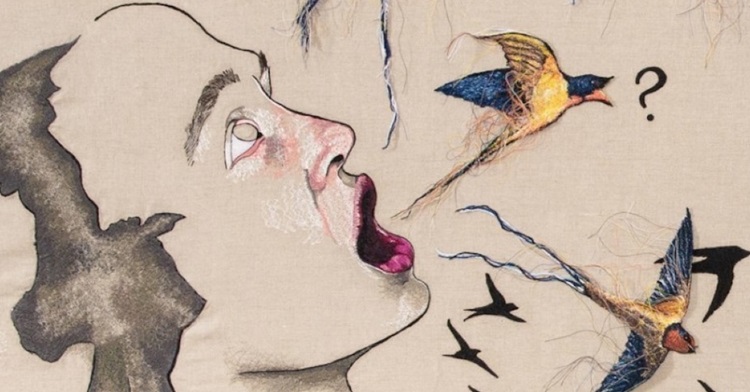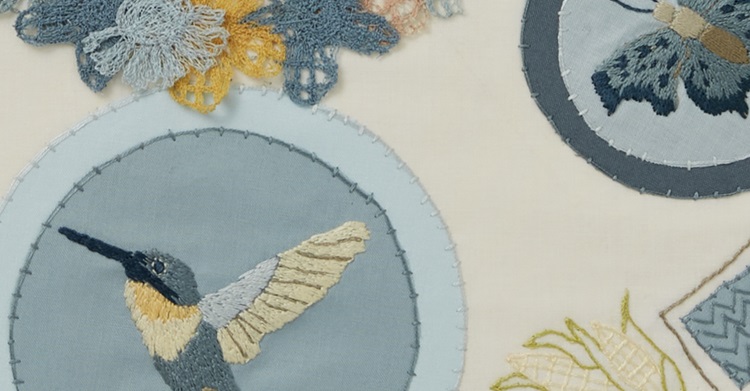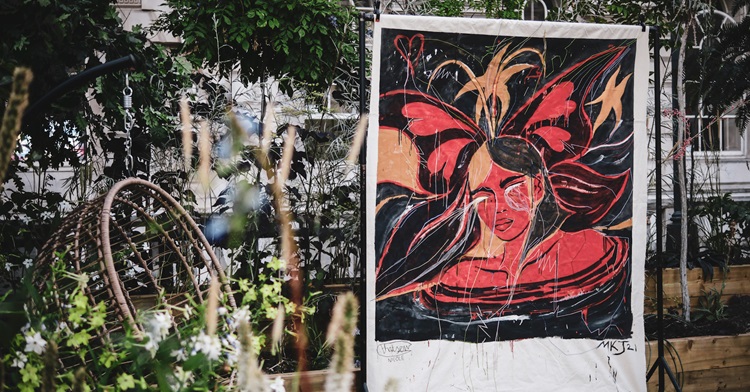Amanda Britton and Johanna Norry usually create work on their own, using a mix of techniques and processes. But in…

A place for textile and fiber artists to be inspired, learn from the best, promote their work & communicate with like-minded creatives.
Most recent Textile and fiber art features
The textile menagerie of Bryony Rose Jennings is filled with a variety of ‘beasties’, whose charms are irresistible. From mice…
As artists we don’t have to look far for inspiration. Nature in all its resplendent glory – and never far…
It’s said that curiosity is the mother of invention – and it’s certainly the driver behind Angie Hughes’ richly layered…
Did you know that medieval embroidery can be humorous and a little risqué? Take a look at Tanya Bentham’s unique…
Mary Beth Schwartzenberger intends to make a scene. Literally. She loves filling blank walls with what she calls ‘roomscapes’ that…
‘There is beauty in everything, Just not everybody sees it.’ Andy Warhol In the eyes of textile artist Kate Whitehead,…
Mixed-media artist Alison Carpenter-Hughes’ work could be described as extreme stitching. She specialises in free motion embroidery and textiles and…
When she’s not in her studio, Lindsay Olson can often be found canoeing with her husband on one of Chicago’s…
Born in Hong Kong and now resident in London, Nicole Chui describes herself as a messy, brash and disruptive artist…
NEWSLETTER FOR TEXTILE & FIBER ARTISTS
JOIN A COMMUNITY OF 60,000 STITCHERS
Share in the creative secrets of the world's most celebrated embroidery artists.
And discover how to create breathtaking art with textiles and stitch.
All Inspiration. No Spam.

